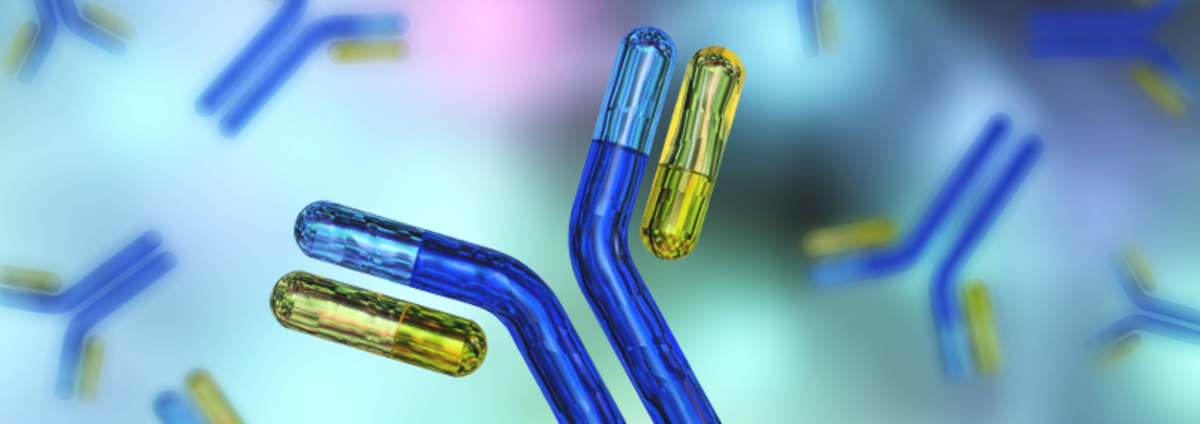
What are biosimilars?
Biologics are large molecule drugs with complex protein structures typically produced in animal cells, yeast, or bacteria, which have been approved for therapeutical use in humans. Their structure, production and formulation are strictly defined and highly regulated. Examples of biologics are monoclonal antibodies used to treat multiple diseases. The biologics market has seen considerable growth over the last few years, and this is forecasted to continue, with an estimated compound annual growth rate of 9.1% in 2023–2032. One factor hampering the growth of the biologics market is its high price tag, which limits its use. Biosimilars are highly similar to their parent biologic drug in their biological activity, efficacy, safety and immunogenicity profile (the intrinsic ability of proteins and other biological medicines to cause an immune response)1. One of the main benefits of biosimilars is their affordability, making them cost-effective alternatives to biologics for research and therapeutic applications.
Biosimilars have the same amino acid sequence as their reference medicine. However, minor differences may occur due to the complex nature of the structure. The complex structures of biosimilars mean producing them requires multi-step manufacturing processes. Every manufacturer employs a unique cell line and proprietary processes to produce biologics. As biosimilars are produced in biological systems, variations in the structure of the molecule may occur, giving rise to batch-to-batch variability 2. The regulatory approval process of biosimilars ensures that the natural variability that may occur during biosimilar production and any differences between the biosimilar and its reference medicine will have been shown not to affect safety and effectiveness. To achieve this, the development and production of biosimilars must employ a multitude of analytical and functional assays to analyze first the reference biologic and then assess the similarity between the biosimilar and the reference biologic.
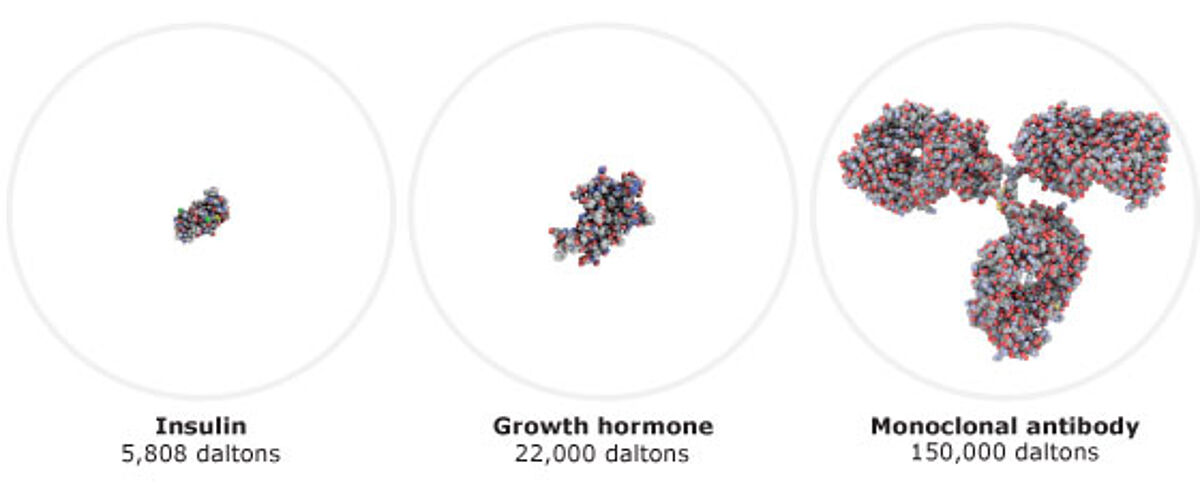
How are biosimilars different from generics?
While often confounded, biosimilars and generics are inherently distinct. Generic drugs contain the same active ingredient as brand-name drugs. Both generic drugs and reference medicine are chemically synthesized. Their simple structures mean manufacturing is straightforward and will generate identical structures. The structure and function of biosimilars are based on biologics, which have large, complex, three-dimensional structures. Biosimilars as well as generics can only be manufactured once the patent and exclusivity rights on the original drugs have expired. Due to the higher complexity of biosimilars compared to generics, the development and manufacture of biosimilars take longer and are more expensive.
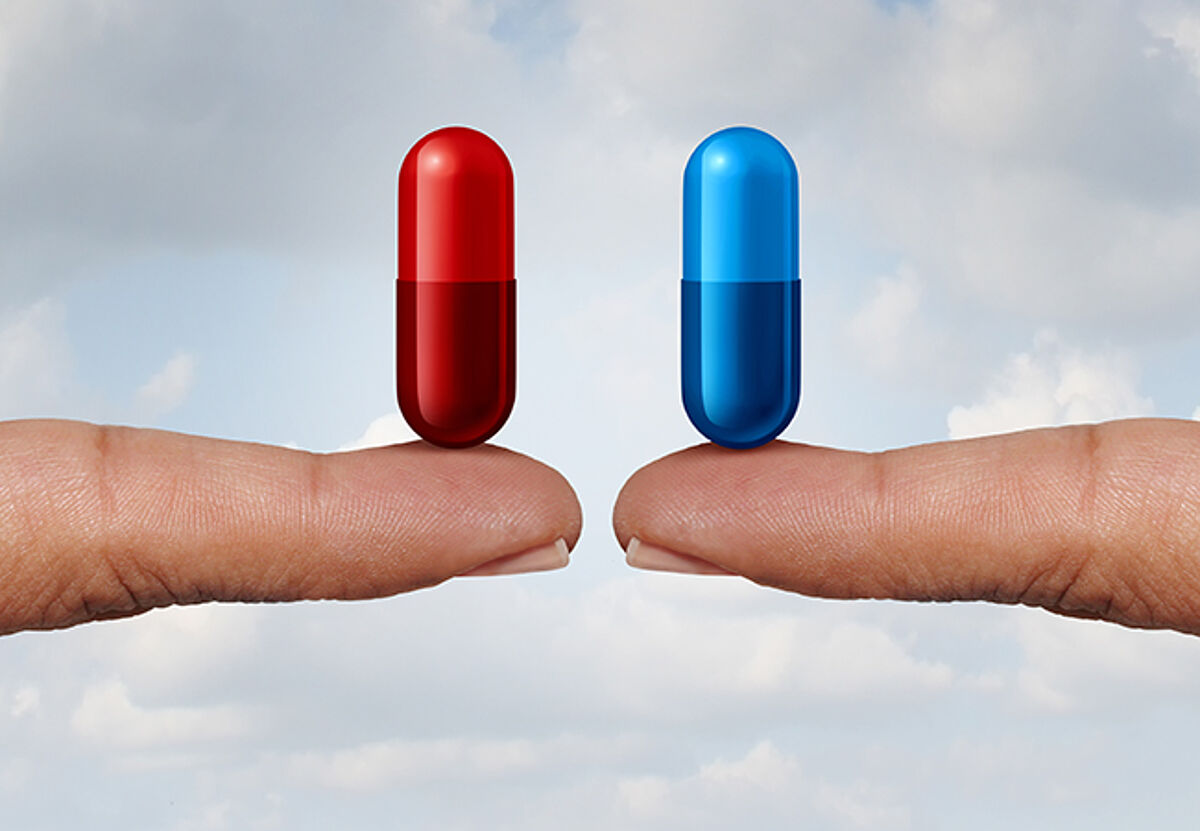
How are biosimilars developed and produced?
The first step of biosimilars involves fully characterizing the reference molecules currently available on the market. This necessitates buying large numbers of the reference molecule from different batches produced over a long period of time. Studying the structure of different batches of the reference drug determines whether any alterations have occurred at different times of production3. Once the structure of the reference molecule is defined, the production of biosimilars closely aligns with the reference molecule because the regulatory body will ask for more details if more structural differences exist. Like the production of the reference biologic, the steps involved in biosimilar manufacturing are modifying host cells, growing cells, extraction, purification, and refolding of the molecule of interest, followed by formulating a stable finished product. Once a highly similar molecule has been obtained, comparative studies are needed to establish structural and functional similarity. Structural and functional characterization is needed to ensure structural and biological similarity between the biosimilar and its reference biologic. For instance, post-translational modifications (PTMs) must be monitored as they may affect the structure and function of the molecule, which can, in turn, affect safety, purity, and potency.
Orthogonal analytical approaches analyze the primary, secondary, and tertiary structures of the reference molecule of interest and the similarity with the biosimilar:
- Mass spectrometric analysis methods characterize the mass and perform peptide mapping, post-translational modifications, and glycosylation profiling.
- Higher-order structural characterization methods use spectroscopy techniques to monitor secondary and tertiary structures. Size and charge heterogeneity can be monitored using chromatography techniques.
Defining the functional similarity of the biosimilar and reference is crucial in calculating the binding capacity and ascertaining the mechanism of action. This includes:
- Measuring target and receptor binding using fluorescence-activated cell sorting (FACS), enzyme-linked immunosorbent assay (ELISA) and surface plasmon resonance (SPR).
- Bioactivity analysis to study the induction of apoptosis by either antibody-dependent cell-mediated cytotoxicity (ADCC) or complement-dependent cytotoxicity (CDC).
Pre-clinical and clinical testing is needed to confirm equivalent clinical efficacy and safety. To address the drug’s behavior in the body, biosimilars need to demonstrate equivalent pharmacokinetics (PK) and pharmacodynamics (PD) results to the reference biologic. Post-approval activities allow safety surveillance and ongoing technical support of the biosimilar. Stability testing examines the effect of storage, the presence of excipients, and environmental stresses on the final finished biosimilar product.
Applications of biosimilars in therapy and research
The highly regulated development and production of biosimilars have successfully produced safe and effective treatment options for multiple diseases, which are routinely used in clinical practice. Biosimilars provide cost-effective treatment options, allowing healthcare organizations to achieve substantial savings when acquiring medication. The EMA approved the first biosimilar in the EU in 2006 — Omnitrope (somatropin), a recombinant human growth hormone medication used to improve human growth.
Biosimilars are ideal for research applications as therapeutic biologics may either not be readily available or only be available in large quantities, which may not be required. Examples of the use of biosimilars in research include:
- Performing experiments for proof of concept ligand binding assay development with biosimilars makes experimental workflows more affordable for Research and Development budgets.
- Elucidating the impact on signaling pathways and cellular processes
One example is Adalimumab Biosimilar, which targets the proinflammatory cytokine Tumor necrosis factor alpha (TNF-α) and is useful for studying several diseases, from autoimmune diseases to insulin resistance and cancer. Macrophages produce TNFα in response to foreign material but is also expressed in several immune cells. Using biosimilars can decipher the effects of modulating TNFα in biological processes, such as immunoregulation, differentiation, apoptosis, anti-tumor activity and inflammation.
Mouse models exist for numerous diseases, and using non-therapeutic biosimilars allows proof of principle studies using rodent animal models for:
- Performing toxicity and toxicokinetic testing
- Evaluating the therapeutical activity of the biosimilar by measuring biological and physiological response variables
In a study by Crupi et al., the researchers examined the efficacy of using bispecific T cell engagers (TCEs) in combination with the biosimilar for Ipilimumab, InVivoSIM anti-human CTLA-4 (Biosimilar) Catalog #SIM0004 from BioXCell (distributed by LubioScience). Cytotoxic T lymphocyte Antigen-4 (CTLA-4) antibody treatment relies on immune modulation, which involves controlling a patient’s immune system to target tumors. The TCE in the study targeted the cell-surface protein, carcinoembryonic antigen-related cell adhesion molecule 5 (CEA), which is highly expressed in colorectal cancer; TCEs were delivered using oncolytic viruses. The study demonstrated that combination therapy increased survival in the peritoneal carcinomatosis mouse model (used to study CRC)4.

Biosimilars Antibody-drug Conjugates (ADC)
Biosimilars for Antibody-drug conjugates (ADC) are another important type of biosimilar that is gaining prominence. The most commercially successful ADC is Kadcyl, which provides targeted and effective anti-cancer therapy by conjugating antibodies against cancer targets with cytotoxic compounds. Here, the human monoclonal antibody interferes with the Human epidermal growth factor receptor 2 (HER2) and is conjugated via a linker to emtansine, the cytotoxic microtubule inhibitor. The first biosimilar ADC of Kaycyla is Ujvira, which has been approved by the Indian regulator, the Drug Controller General of India (DCGI). Ujvira was shown to be equivalent to Kadcyla in terms of efficacy, safety, pharmacokinetics, and immunogenicity. Employing Ujvira reduces treatment costs significantly for HER2-positive metastatic breast cancer patients in India. Additional challenges are associated with ADCs and their biosimilars due to increased structural complexity compared with solely antibody structures. Heterogeneity exists in ADC structures due to the presence of the linker and payload (cytotoxic drug) stability and efficiency of chemical conjugation. Development of ADC biosimilars requires supplementary analytical assays in order to ascertain the drug-to-antibody ratio and amount of free and bound cytotoxic agents.
LubioScience are a leading provider of research-grade biosimilars. Please contact us for further information.
References
- European Medicine Agency. Biosimilar medicines: Overview. (2023).
- Ventola, L. C. Biosimilars Part 1: Proposed Regulatory Criteria for FDA Approval. (2013).
- Cancer Vanguard. Cancer Vanguard Biosimilars Presentation. https://www.youtube.com (2017).
- Crupi, M. J. F. et al. Oncolytic virus driven T-cell-based combination immunotherapy platform for colorectal cancer. Front Immunol13, (2022).
Suppliers
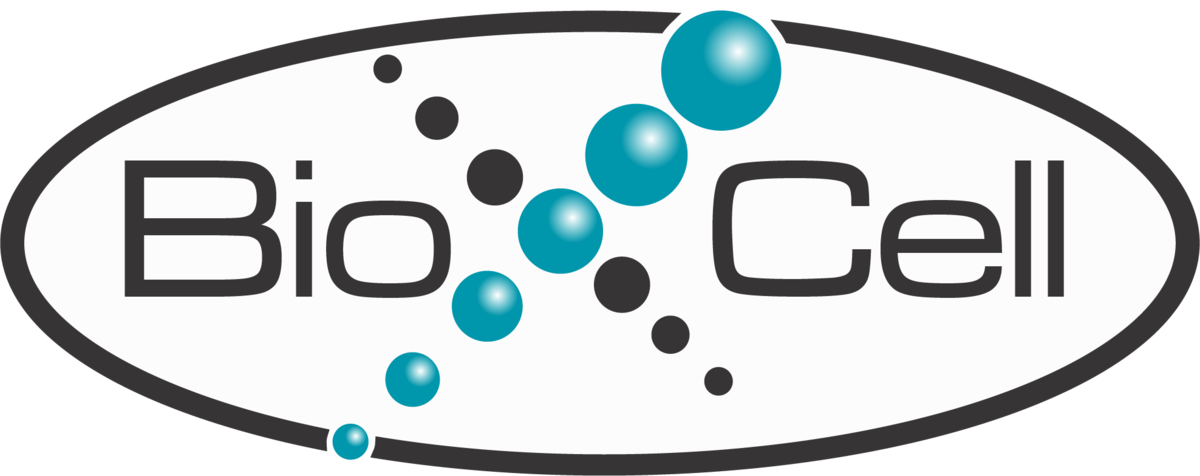
Bio X Cell
Bio X Cell is a specialist for high quality monoclonal antibodies for in vivo research. Antibodies have low endotoxin levels and no preservers.

Absolute Antibody
Absolute Antibody is an expert in engineering recombinant antibodies for in vivo research. Their custom services include hybridoma sequencing, antibody engineering and expression.

ProteoGenix
Bioreagents for therapeutic research - over 10000 recombinant antibodies, proteins, peptides, genes and custom production services.
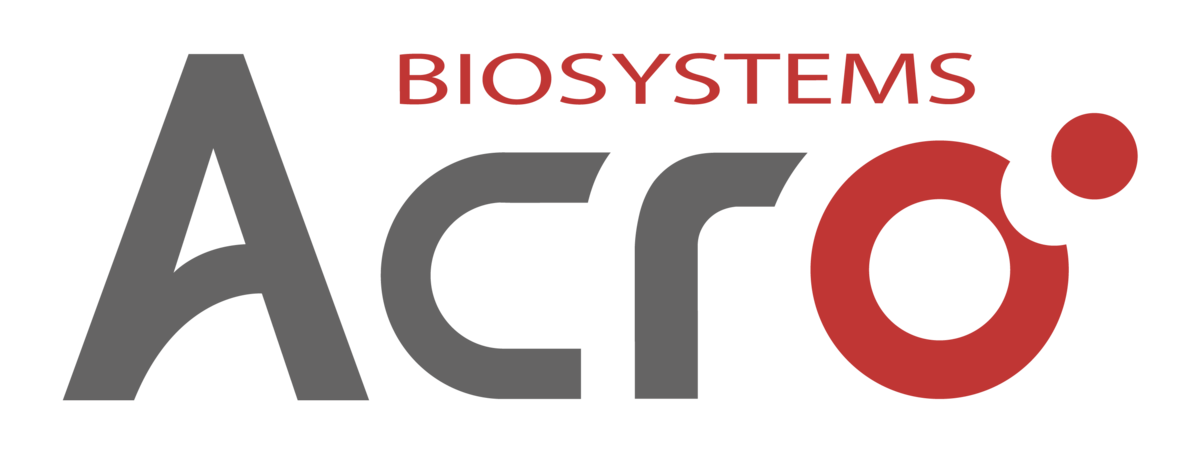
ACROBiosystems
ACROBiosystems is a leading manufacturer of recombinant proteins and other reagents to support the development of target therapeutics, vaccines, and diagnostics.

Antibodies.com
Antibodies.com supplies high-quality biological reagents to life science researchers at cost-effective prices. They are a trusted supplier of antibodies, proteins, immunoassays, and other companion reagents. Headquartered in Cambridge (UK), they support life scientists worldwide by supplying the same high-quality products as the industry leading suppliers, that are sourced from the same primary manufacturers, but at more affordable prices.
About Antibodies.com Shop for Antibodies.com products
